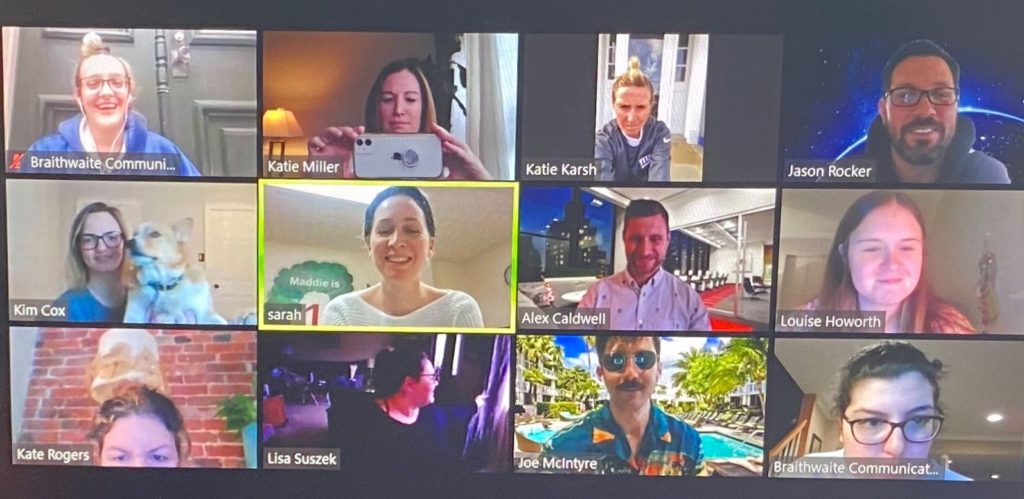2 Min Read
Coronavirus and the Rise of Zoom Meetings
As companies and employees adjust to a new reality of remote working, one brand is way ahead of the game.
Zoom, the popular video conferencing solution, has become an indispensable technology in the coronavirus era.
Zoom has managed to speed past other video conferencing tools like FaceTime, Google Hangouts, GoToMeeting and Skype to become the default solution for many companies, colleges and social groups. Everything from shareholder meetings to frat parties are happening on Zoom.
The tool’s apps have recently notched hundreds of thousands of downloads a day, and its stock is one of the very few winners in a sudden bear market.
Zoom Dials Up an Audience
Zoom’s newfound success is part preparation, part positioning. The company was the go-to platform for video conferences at many colleges even before all classes moved online. That’s meant a lot more users – and a lot more cultural significance. You can even buy Zoom University hoodies.
The platform has embraced those users through features more akin to TikTok or Instagram than a professional video conferencing tool. There’s a “Touch Up My Appearance” filter, and users can upload custom backgrounds for their video feeds.
Coronavirus and the New Demand for Remote Work Solutions
Of course, Zoom’s boom is closely connected to the COVID-19 pandemic. “This is a crisis tailor-made for Zoom,” one tech analyst told the New York Times. As the crisis in China escalated earlier this year, the company was proactive about ramping up its capacity and ensuring reliable service.
The Zoom marketing team has taken steps to avoid any perception that it’s capitalizing on the crisis. When the Times reached out for an interview, leaders said they were too busy onboarding schools to speak. The company has waived the 40-minute meeting time limit for free accounts in China and is offering free services for K-12 classes in the US.

It’s supplemented these offerings with smart content marketing targeted at professional, educational and recreational audiences. The pieces offer tips on using Zoom. They also provide broader context and solutions for making the most of remote work and virtual interactions – something that’s valuable for just about everyone these days.